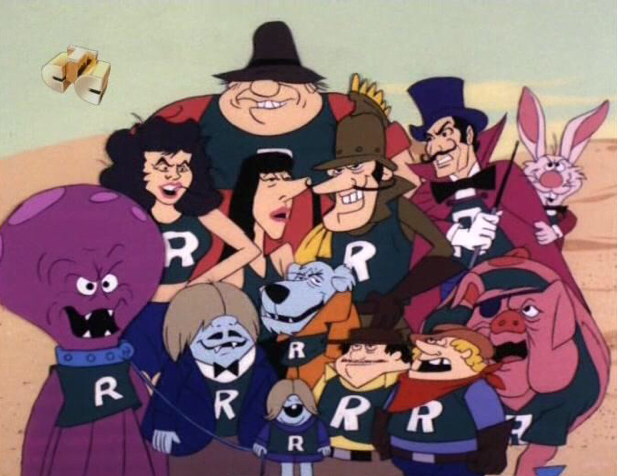

Roll of honour for the Minor and Under-21 Championships. Sligo, with nineteen Senior titles to their name. GaelicĪre the most successful team in the history of the Club Patrick's achieved that feat in 1988-1989. Johns).Ĭlub football is not dominated by any single team with no back toīack winners since St. Tourlestrane), and Charles Harrison (2010 - St. This was their first time to win the Championship since 1975.Ĭounty Vocational Schools team have made it to two All Irelandsįinals in 19 but lost both to Dublin Cityįour Sligo players have won All-Stars - Mickey Kearins (1971 Improvement noticeable across all grades in the county. Respectability on the national stage in the past decade with The new championship format has seen Sligo achieve the status of Had legitimate claims for a penalty in injury time of the replay Weeks later set the county and the championship alive and after Sligo Similar comeback against eventual All-Ireland champions Armagh two Over a seven point deficit in one of the matches of the decade. Lost the Connacht final to then All-Ireland Champions Galway , Saw an upward turn in the county's fortunes. Prolonged period of competing in Division 1 of the national league The All Ireland championship in 2001, Sligo football has enjoyed Since the introduction of the "back-door" system in Same fate occurred in the inaugural NationalĪnd won the replay, making Sligo unique in having qualified forĪll-Ireland and National League finals, but never having contestedĮither. However a Galway objectionįorced the Connacht decider to be replayed, which Sligo lost.

The Connacht Final (played in 1923) and subsequently
#History of sooey free#
Interests of soccer in the county's capital town, Sligo has neverīeen able to break free of the shackles inherent in the provincialĬhampionship format and has a paltry three Connacht championships to The two dominant forces in the province, together with competing WithĪ much smaller population than either County The county board is also responsible for the Sligo inter-county teams. There are currently 108 priests, ministering to a population of approximately 70,000, of whom 97% (68,000) are Roman Catholic.Luthchleas Gael Coiste Contae Sligeach or Sligo There are currently thirty-seven parishes in the diocese, which are divided into 6 administrative deaneries, based in the towns of Sligo, Boyle, Strokestown, Castlerea, Roscommon and the part of Athlone west of the River Shannon.

In recent years the Diocese has run the Maryvale Institute course in catechism as part of it faith development programmes. This school still operates today, as Summerhill College. Just under 20 years later, in 1892, Bishop Gillooly supervised the building of a College dedicated to training boys for the priesthood, known as the College of the Immaculate Conception. This cathedral was dedicated to The Immaculate Conception. It wasn't until 1874 that the then bishop, Laurence Gillooly, decided to rebuild the cathedral, this time in Sligo town. The cathedral established here was dedicated to Beatae Mariae Virgini ( Blessed Mary the Virgin).įollowing the English Reformation of the 16th century, the cathedral and many monasteries and convents were destroyed. Following the Synod of Rathbreasail in 1111 the diocese was formally recognised. Saint Assicus is now the patron of the diocese. The first Abbot bishop of this monastic settlement was Assicus, who was said to be St. Patrick founded such a settlement in an area known as Corcoghlan, now known as Elphin, in 434 or 435. From the time Christianity first arrived in Ireland in the second half of the 5th century (in the form of Saint Patrick's mission), the early church was centred on Monastic settlements. The See dates to the earliest days of the Irish Church. The list of parishes, starting in the north and concluding in the south, includes: The major towns are Athlone, Boyle, Castlerea, Roscommon and Sligo. Its Cathedral, which was originally established in the Roscommon town of Elphin, is now in Sligo. The diocese covers parts of the counties of Roscommon, Sligo and Galway, and Westmeath.


 0 kommentar(er)
0 kommentar(er)
